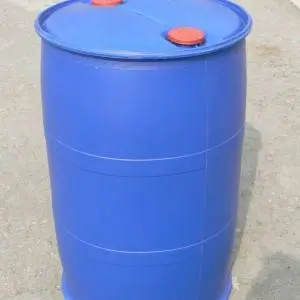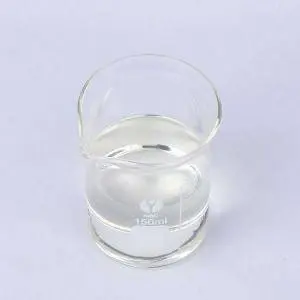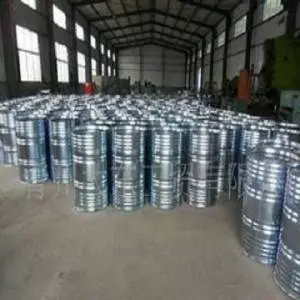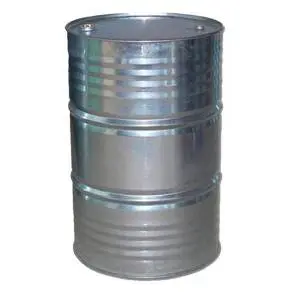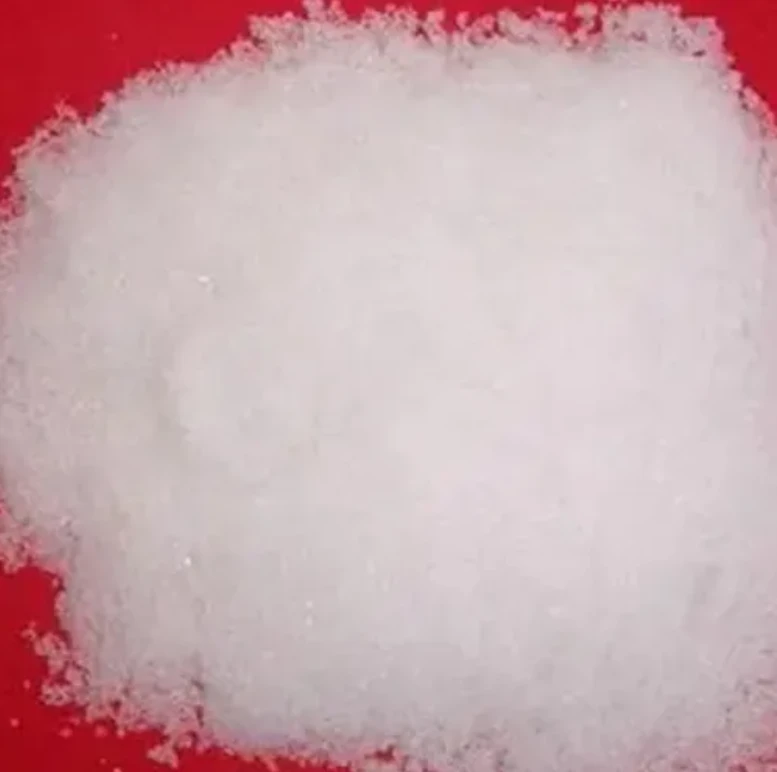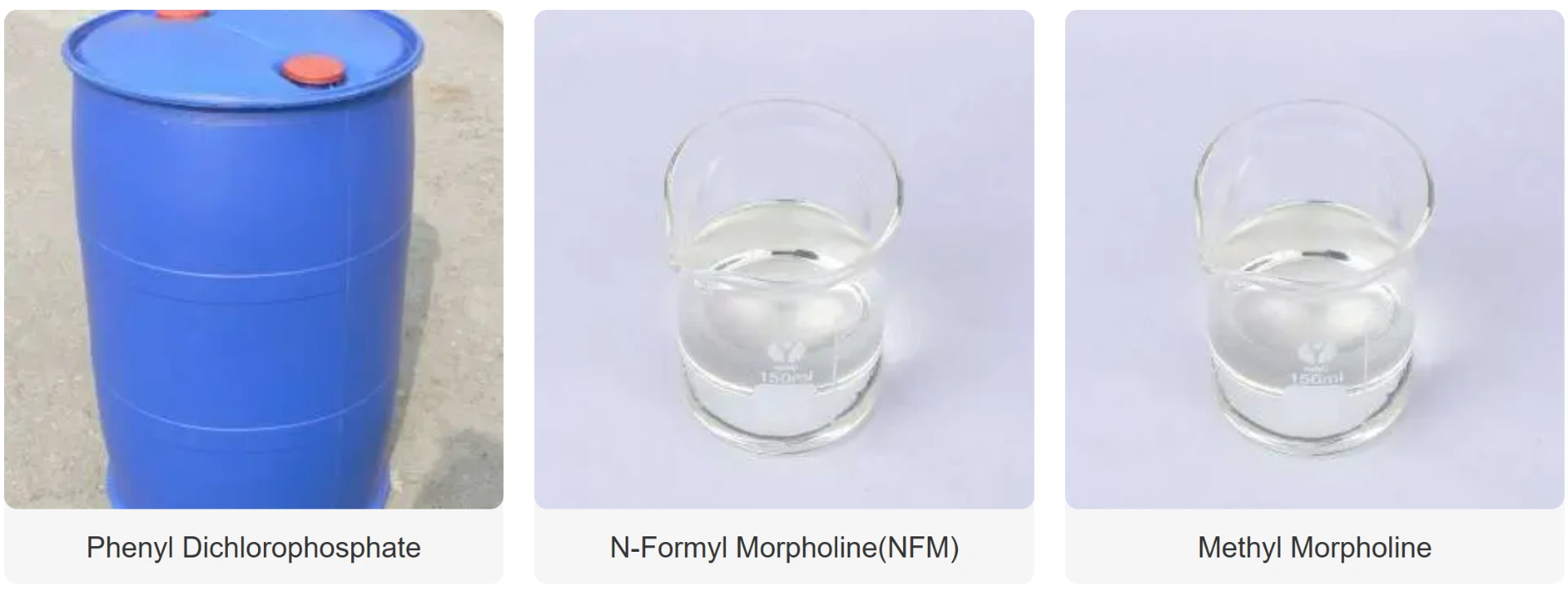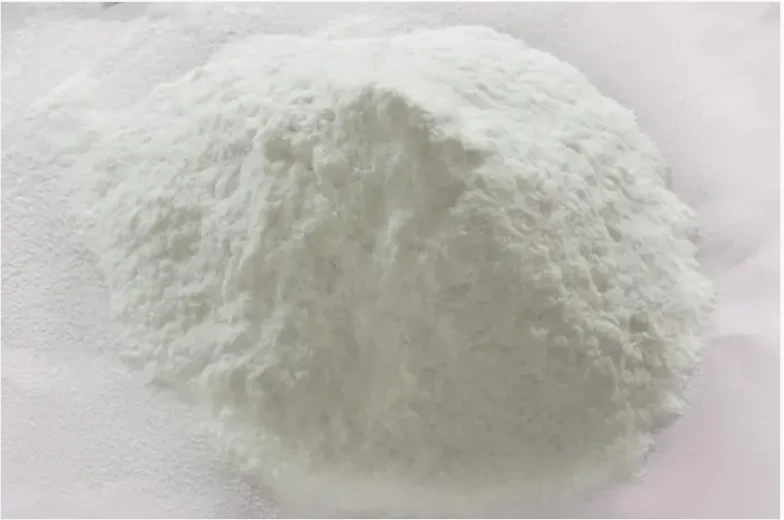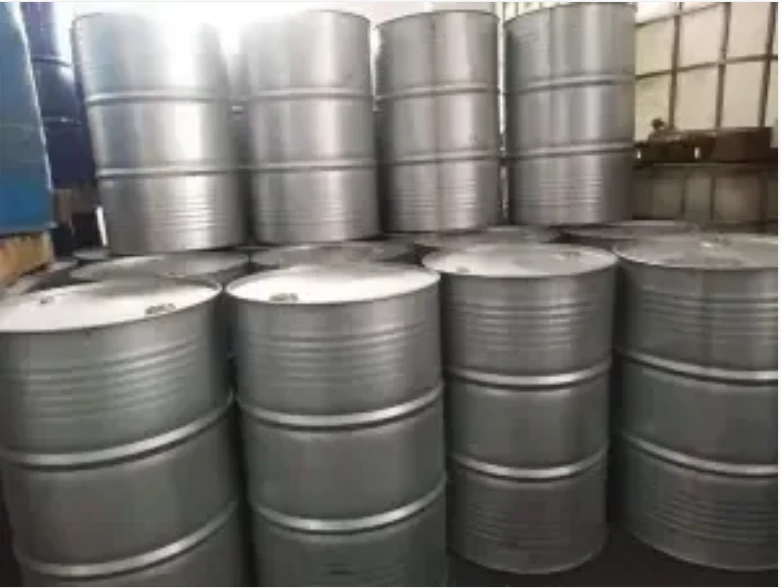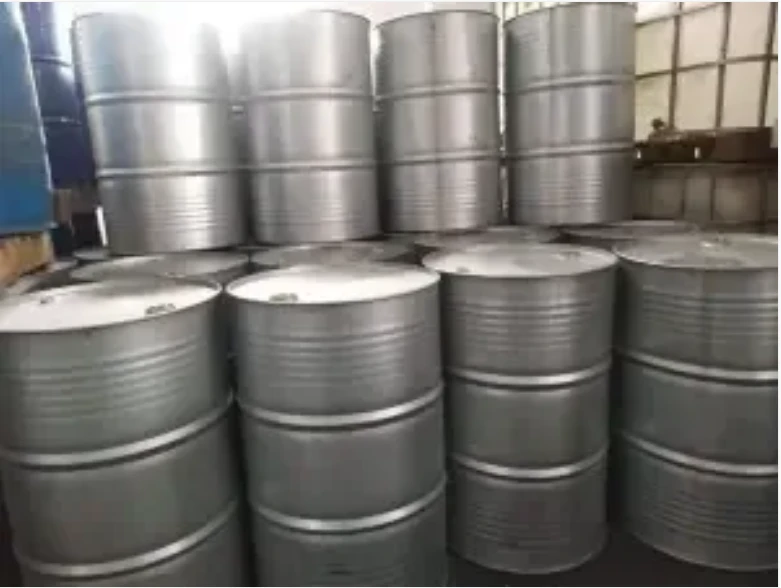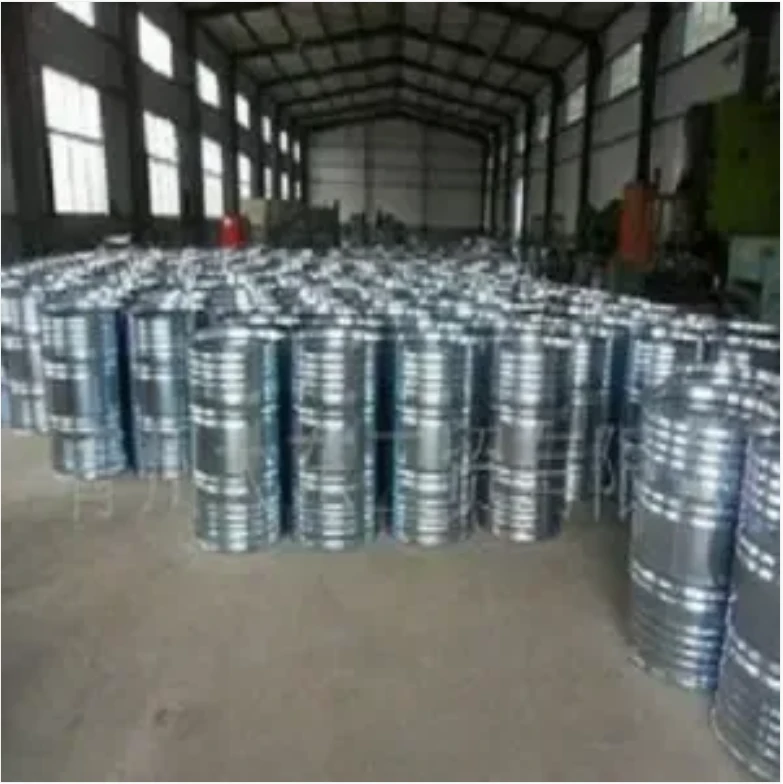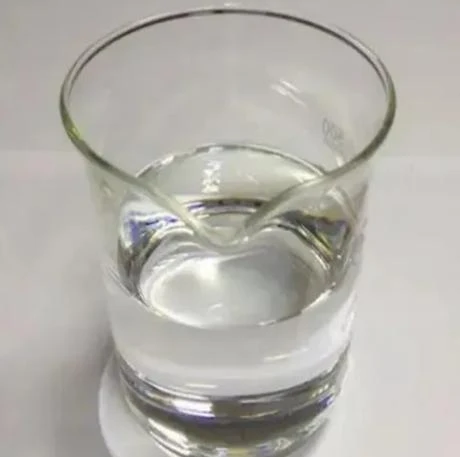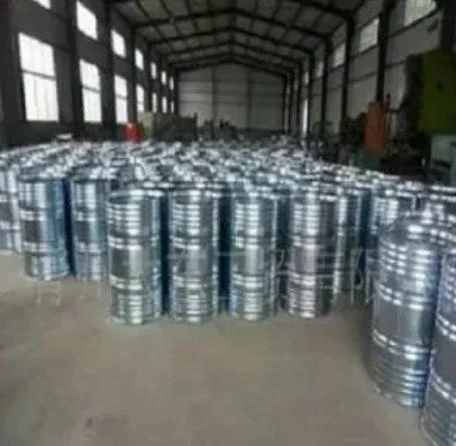Triethylenediamine Synthesis Methods
The production of triethylenediamine teda, commonly called triethylenediamine, involves specialized chemical processes to create this valuable catalyst with diverse triethylenediamine uses in polyurethane and polymer industries. This white crystalline compound with an ammonia-like odor serves as a crucial intermediate in numerous industrial applications.
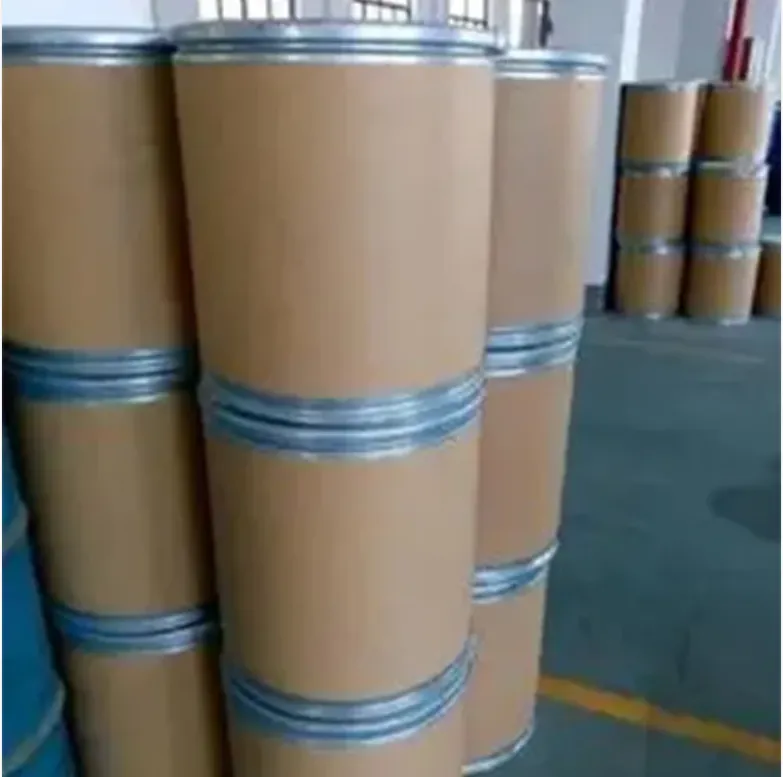
Triethylenediamine Teda Production Processes
- Piperazine alkylation- Primary industrial method for triethylenediamine synthesis
• Ethylenediamine cyclization - High-temperature conversion to triethylenediamine teda
• Catalytic dehydrogenation - Efficient route for large-scale triethylenediamine production
• Fractional crystallization - Purification step for pharmaceutical-grade triethylenediamine teda
• Solvent extraction - Separation technique for high-purity triethylenediamine
Triethylenediamine Industrial Synthesis
- Raw materials - Ethylenediamine and ethanolamine for triethylenediamine teda production
- • Reactor design - Specialized pressure vessels for triethylenediamine synthesis
• Temperature control - Precise 200-300°C range for optimal triethylenediamine teda yield
• Catalyst systems - Heterogeneous catalysts enhancing triethylenediamine formation
• Byproduct management - Recovery of co-products from triethylenediamine teda process
|
Property |
বিবরণ |
|
Chemical Name |
ট্রাইথাইলিনডায়ামিন (TEDA) |
|
Molecular Formula |
C₆H₁₂N₂ |
|
সি এ এস নং. |
280-57-9 |
|
Molecular Weight |
112.18 g/mol |
|
চেহারা |
White or light yellow crystals, prone to crystallization |
|
বিশুদ্ধতা |
≥99.5% |
|
Solubility |
Soluble in water, acetone, benzene, ethanol; soluble in straight-chain hydrocarbons (pentane, hexane, heptane) |
|
Melting Point |
159.8°C |
|
Refractive Index (n₂₀ᴰ) |
1.4634 |
|
Density (20°C) |
1.02 g/mL |
|
Packaging & Storage |
25 kg cardboard barrel; store in cool, dry, ventilated area, away from moisture and heat |
Triethylenediamine Uses in Industry
- Polyurethane catalyst - Primary application for triethylenediamine tedain foam production
• Polymerization aid - Triethylenediamine in ethylene oxide polymerization
• Plastic molding - Triethylenediamine teda for light-stable materials
• Corrosion inhibitors - Derived from purified triethylenediamine
• Pharmaceutical intermediates - High-purity triethylenediamine teda in drug synthesis
Triethylenediamine Teda Quality Control
- Purity standards - 99%+ for most triethylenediamineapplications
• Color specification - White to light yellow crystals for triethylenediamine teda
• Moisture content - <0.5% water in premium triethylenediamine
• Particle size - Controlled crystallization for consistent triethylenediamine teda
• Stability testing - Accelerated aging studies for triethylenediamine storage
Triethylenediamine Safety Considerations
- Handling precautions - PPE requirements for triethylenediamine teda
• Storage conditions - Dry, inert atmosphere for triethylenediamine
• Fire protection - Special measures for triethylenediamine tedadust
• Spill management - Neutralization procedures for triethylenediamine
• Transport regulations - Classification for triethylenediamine teda shipping
Triethylenediamine FAQs
Q: What are the primary industrial uses of Triethylenediamine (TEDA)?
A: Triethylenediamine (TEDA) is a key catalyst in polyurethane production, accelerating the reaction between isocyanates and polyols to form foams, coatings, and adhesives. Its cyclic structure provides balanced catalytic activity for both gel and blowing reactions, enabling precise control over foam density. TEDA also serves as a curing agent in epoxy resins, a ligand in metal complex synthesis, and a stabilizer in polymer processing, leveraging its strong nucleophilic properties to enhance reaction efficiency.
Q: How does Triethylenediamine differ from other amine catalysts in polyurethane systems?
A: Unlike linear amines, Triethylenediamine’s bicyclic structure offers higher thermal stability and resistance to degradation, making it suitable for high-temperature applications. Its unique geometry allows for more efficient activation of isocyanate groups, reducing catalyst dosage requirements. Compared to alternatives like dimethylcyclohexylamine, TEDA demonstrates faster gelling kinetics, making it ideal for rapid-cure polyurethane formulations in automotive and construction industries.
Q: What safety considerations apply to handling Triethylenediamine?
A: Triethylenediamine is a crystalline solid that may cause skin/eye irritation and respiratory issues if inhaled. Handling requires protective gloves, goggles, and a dust mask; ensure good ventilation in work areas. The compound is hygroscopic and should be stored in sealed containers to prevent moisture absorption. In case of contact, flush affected areas with water; for ingestion, seek medical attention immediately. Its low melting point (159.8°C) necessitates storage away from heat sources to avoid liquefaction.
Q: How does Triethylenediamine’s solubility profile influence its applications?
A: Triethylenediamine’s solubility in both polar (water, ethanol) and non-polar (hexane, heptane) solvents makes it versatile for diverse formulations. In water-based coatings, its hydrophilicity ensures uniform dispersion, while solubility in hydrocarbons allows use in oil-based systems. This amphiphilic nature also facilitates its role as a phase-transfer catalyst in organic syntheses, bridging aqueous and organic reaction media to enhance product yield.
Q: What regulatory standards govern Triethylenediamine uses globally?
A: Triethylenediamine (CAS 280-57-9) is regulated under REACH in the EU, requiring registration for industrial use, and falls under OSHA’s Hazard Communication Standard in the U.S., mandating SDS documentation. As a food-contact substance, it must comply with FDA regulations for indirect food additives. Exporters should note its classification as a non-hazardous chemical under UN transport guidelines, though proper labeling for irritancy (H315/H319) is essential for safe distribution.
শিজিয়াজুয়াং সিন্সার কেমিক্যালস কোং লিমিটেডে আপনাকে স্বাগতম! https://www.sincerechemicals.com/ Since 2001, we’ve been blending integrity and innovation to craft top-tier chemicals. From Hexamethylphosphoric triamide to ABL, our products drive progress in electronics, medicine, and beyond. Join us on this journey of excellence. Explore, discover, and let’s build a brighter future together.
Post time: আগস্ট . 06, 2025 16:18
এটি প্রথম প্রবন্ধ



